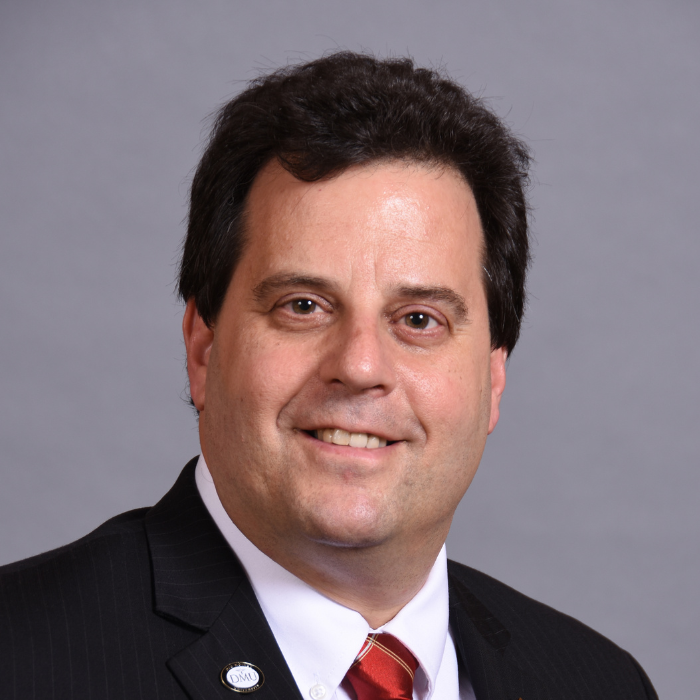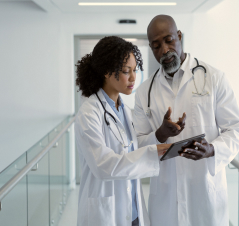Tuesday, August 31, was a normal day. We had a major thunderstorm overnight, and my canoe had blown about 30 feet into the lake. After finishing 45 minutes on my exercycle, I went outside to pull the canoe back out of the water.
I went into work and, aside from being tired and sore at the end of the day, there was nothing terribly out of the ordinary. I went home and laid down for a few minutes prior to dinner and when I got up, everything had changed.My left leg was on fire from my hip to my ankle, and my thigh muscle didn't want to hold me up. There was only one relatively comfortable position I could find, and that was laying on my left side.
On Wednesday, I didn't go to work. I took an NSAID and Tylenol and used heat and ice, and the pain got worse. Thursday, I called in and went to my local, rural emergency room. The pain was so intense, and I was so pale and diaphoretic that the ER doc put me on a heart monitor and got labs to rule out a heart problem. I was given IV pain meds, got the dry heaves and got woozy.
The CT showed a badly herniated L3 creating spinal stenosis. They did an ESI that afternoon, prescribed new meds and...nothing. I got an MRI the next day, which confirmed my condition. By this time there was no longer any comfortable position. I couldn’t sleep, couldn’t sit, couldn’t stand more than about 30 seconds, could barely eat and meds didn’t touch it. I tried everything. If I could have, I would have chewed my leg off.
It was Labor Day weekend, and a local orthopedic surgeon squeezed me into his schedule on Tuesday afternoon. After a brief exam confirming leg weakness, extensive numbness in addition to the crippling pain, he told me that we would be doing surgery the next evening to try to prevent permanent nerve damage.
I awoke from surgery on Wednesday evening, and the leg pain was gone. My leg was still very numb and weak, but I could walk with a walker, and I could deal with the surgical pain. That Saturday we hosted my eldest daughter’s baby shower at our home. My participation was very limited. That Sunday was my youngest son’s wedding. I tried to do as little as I could but still walked him down the aisle and later toasted and blessed my son and daughter-in-law from a folding chair. I spent the next two weeks doing as little as possible and had my ups and downs. I got off the opioids in eight days, got off the gabapentin in two weeks and started taking daily walks.
I was allowed to start 1/2 days in the office at three weeks with no lifting greater than 10 pounds, no bending and twisting, no ER coverage and no OMT—a big deal for me in my practice.
At four weeks post-op, I started on back rehab exercises. A week later, I started full-time hours in the office with the same restrictions. I did everything my physician told me to do and did not push any of the restrictions. At two months, I was allowed to resume modified OMT and lift 25 pounds. At three and a half months, I was finally taken off all restrictions and allowed to resume my full job and ER coverage. All in all, I was out of work for four weeks and unable to do my full job for 3.5 months.
Overall, my results have been excellent. I still have some weakness in my thigh muscle and some numbness in my shin, but I am grateful for my doctors and to all the people who helped with my healing medically, physically, mentally, spiritually and financially.
Most of us have experienced personal illness—whether short- or long-term—which begs the question: What happens when you—the doctor—get sick or injured and can't work? Stay tuned for part II in the coming weeks, when I share the lessons learned from my experience.






Leave a commentOrder by
Newest on top Oldest on top